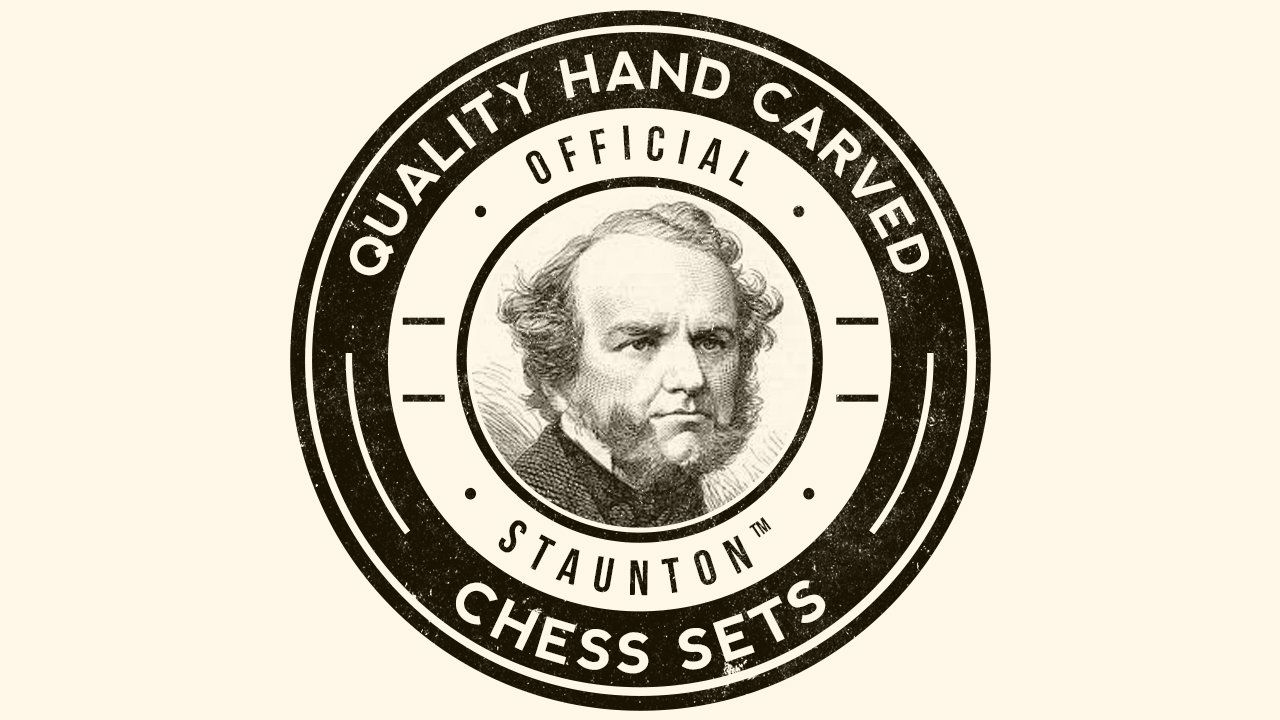Indonesian Ramayana Chess Set, ca. 1970
A large-sized carved wooden "Deity" Chess Set, Bali, 20th century. The figures are inspired by the Mahabharata and the Ramayana, the two ancient Hindu epics. The king with a size of 16.5 cm (6.5") is depicting Prince Rama, who is a human incarnation of the Hindu god Vishnu. Sita, his wife, is the Queen. In the Ramayana, Sita is kidnapped by Rwana, the King of the Demons (the black King). With the help of Hanuman, the King of the Monkeys (the white Bishop), his brothers (the white Rooks) and the monkey army (the white pawns), Rama comes to the rescue of Sita. But Meganada, the son of Rwana, shoots Rama with a magic arrow which turns into a snake and entwines itself around Rama. Rama then calls upon his ally, the giant eagle Garuda (the white Knight), who kills the snake. At this point Hanuman brings his army of monkeys to fight for Rama against Meganada and his army of demons (the white and black pawns).
The pieces are made of wood, which I believe to be the local wood "sawo", usually used for such carvings. The carvings are extremely delicate and far from the usual crude carvings of this type of set. Sets with such a detailed carving were made by Ida Bagus Tilem, who was the most renowned craftsman of Bali and ranked among the most renowned carvers of the world. He was born in 1936 in Mas, the famous village of carvers in Bali. In 1993, at the age of 57, he died of a stroke. Some of his Ramayana chess sets were sold at international chess auctions and were exhibited, inter alia in the Munich Museum of Anthropolgy in 1988. A picture of the exhibition catalogue is enclosed as well as a picture of the same set, which was sold at an auction in New York some years ago.
I cannot say for sure that my set was made by Ida Bagus Tilem. Ida Bagus was usually polishing the wood. Mine is not polished and very dusty from being kept in a basement for a long time, which is also the reason why it is currently hard to distinguish the white side pieces from the black side pieces. I might try to improve the look in the future. Nevertheless, the many similarities and the details of the carving make me believe that, if not made by Ida Bagus Tilem himself, then the set was at least made from a carver who learned the craft from Ida Bagus. It is a high quality set for sure.
Those of you, who are interested, can find additional information here:
- Victor Keats, Chessmen for Collectors, p. 189-190.
- Schachspiele - Wandel im Laufe der Kunst- und Kulturgeschichte - Privatsammlung Jaeger, Ursula Siebert et. al., p. 31















